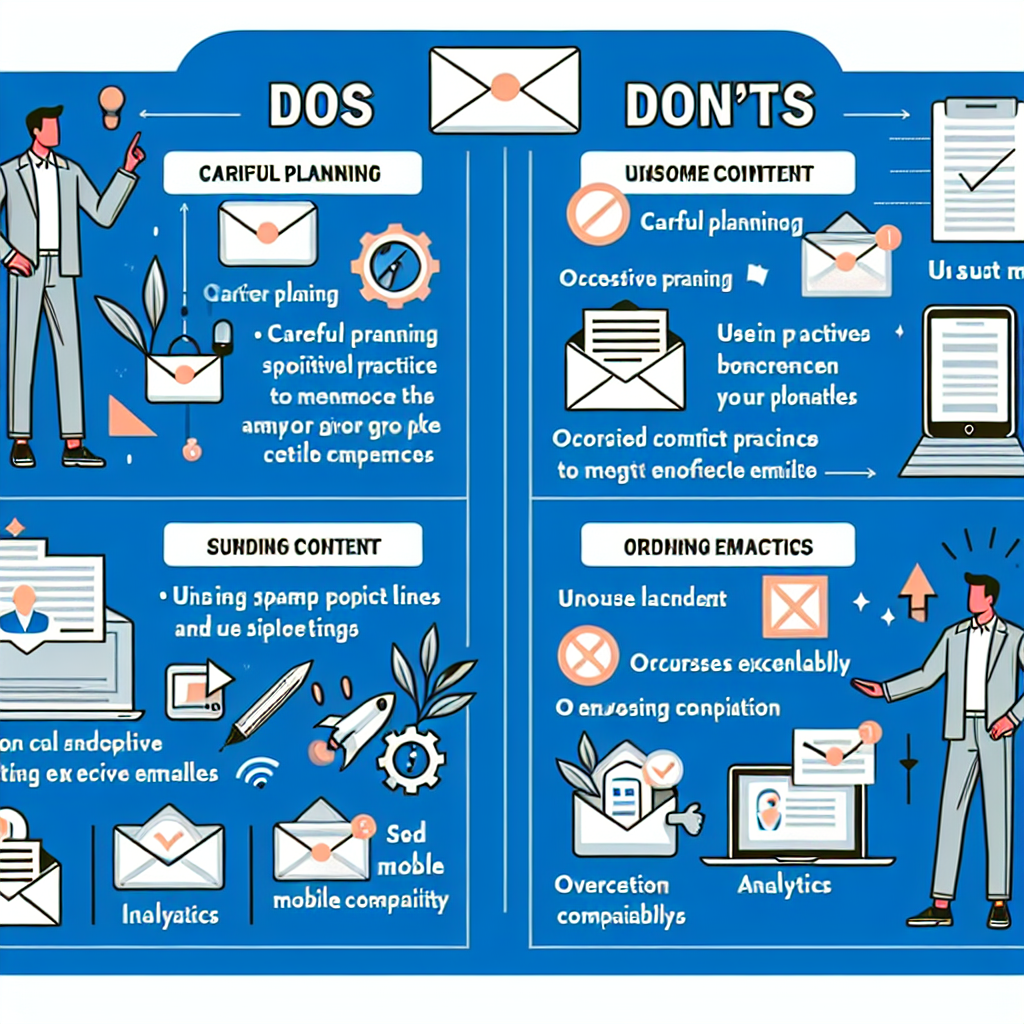Understanding and Improving Funnel Metrics
In today’s competitive business landscape, understanding your funnel metrics is crucial for optimizing your sales and marketing strategies. Funnel metrics provide valuable insights into how potential customers move through your sales funnel, from initial awareness to final conversion. By analyzing and improving these metrics, businesses can identify bottlenecks, enhance user experience, and ultimately boost revenue. In this comprehensive guide, we will delve into the key funnel metrics, their significance, and actionable tips to improve them.
What Are Funnel Metrics?
Funnel metrics are quantitative data points that track the progress of leads as they move through different stages of the sales funnel. The sales funnel typically consists of several stages, including:
- Awareness
- Interest
- Consideration
- Intent
- Evaluation
- Purchase
Each stage represents a different level of engagement and commitment from the potential customer. By measuring funnel metrics, businesses can identify which stages are performing well and which need improvement.
Key Funnel Metrics to Track
Tracking the right metrics is essential for understanding your funnel’s performance. Here are some key funnel metrics you should focus on:
1. Conversion Rate
The conversion rate measures the percentage of leads that move from one stage of the funnel to the next. For example, if 100 leads enter the awareness stage and 20 move to the interest stage, the conversion rate is 20%. This metric helps identify which stages are effective and which need optimization.
2. Drop-Off Rate
The drop-off rate indicates the percentage of leads that exit the funnel at each stage. High drop-off rates can signal issues such as poor user experience, irrelevant content, or ineffective sales strategies. Identifying and addressing these issues can significantly improve funnel performance.
3. Average Time in Stage
This metric measures the average time leads spend in each stage of the funnel. Longer times may indicate friction points or a need for more nurturing. By reducing the time leads spend in each stage, businesses can accelerate the sales process and improve overall efficiency.
4. Customer Acquisition Cost (CAC)
CAC measures the total cost of acquiring a new customer, including marketing and sales expenses. By comparing CAC with the lifetime value (LTV) of a customer, businesses can determine the profitability of their acquisition strategies. Lowering CAC while maintaining or increasing LTV is a key goal for optimizing funnel metrics.
5. Lifetime Value (LTV)
LTV represents the total revenue a business can expect from a customer over their lifetime. By increasing LTV, businesses can maximize the return on investment (ROI) from their acquisition efforts. Strategies to increase LTV include upselling, cross-selling, and improving customer retention.
How to Improve Funnel Metrics
Improving funnel metrics requires a combination of data analysis, strategic planning, and continuous optimization. Here are some actionable tips to enhance your funnel performance:
1. Optimize Content for Each Stage
Providing relevant and valuable content at each stage of the funnel is crucial for guiding leads towards conversion. For instance, educational content such as blog posts and whitepapers can attract leads in the awareness stage, while case studies and product demos can persuade leads in the consideration stage. Tailoring content to the specific needs and interests of your audience can significantly improve conversion rates.
2. Implement A/B Testing
A/B testing involves comparing two versions of a webpage, email, or other marketing assets to determine which performs better. By testing different elements such as headlines, images, and calls-to-action (CTAs), businesses can identify the most effective strategies for each stage of the funnel. Continuous A/B testing allows for data-driven decision-making and ongoing optimization.
3. Leverage Marketing Automation
Marketing automation tools can streamline and enhance the lead nurturing process. By automating tasks such as email campaigns, lead scoring, and follow-ups, businesses can ensure timely and personalized communication with leads. This not only improves the user experience but also increases the likelihood of conversion.
4. Analyze and Address Drop-Off Points
Identifying stages with high drop-off rates is essential for improving funnel metrics. Conducting a thorough analysis of these stages can reveal underlying issues such as confusing navigation, lack of trust signals, or irrelevant content. By addressing these issues, businesses can reduce drop-off rates and improve overall funnel performance.
5. Enhance User Experience
A positive user experience is key to keeping leads engaged and moving through the funnel. This includes ensuring fast load times, mobile responsiveness, intuitive navigation, and clear CTAs. By prioritizing user experience, businesses can increase conversion rates and reduce drop-off rates.
6. Personalize Communication
Personalized communication can significantly enhance the effectiveness of your funnel. By segmenting your audience based on factors such as demographics, behavior, and preferences, you can deliver targeted and relevant messages. Personalized emails, product recommendations, and tailored content can foster stronger connections with leads and increase the likelihood of conversion.
7. Monitor and Adjust Strategies
Continuous monitoring and adjustment of your strategies are essential for maintaining optimal funnel performance. Regularly reviewing funnel metrics and conducting performance analysis allows businesses to identify trends, track progress, and make data-driven decisions. By staying agile and responsive, businesses can adapt to changing market dynamics and continuously improve their funnel metrics.
Conclusion
Understanding and improving funnel metrics is a critical aspect of optimizing your sales and marketing efforts. By tracking key metrics such as conversion rate, drop-off rate, average time in stage, CAC, and LTV, businesses can gain valuable insights into their funnel’s performance. Implementing strategies such as content optimization, A/B testing, marketing automation, and personalized communication can significantly enhance funnel metrics and drive better results.
Remember, the journey to improving funnel metrics is ongoing. Continuously monitor, analyze, and adjust your strategies to stay ahead in the competitive market. By prioritizing data-driven decision-making and focusing on enhancing user experience, businesses can create a more efficient and effective sales funnel, leading to increased conversions and higher revenue.


